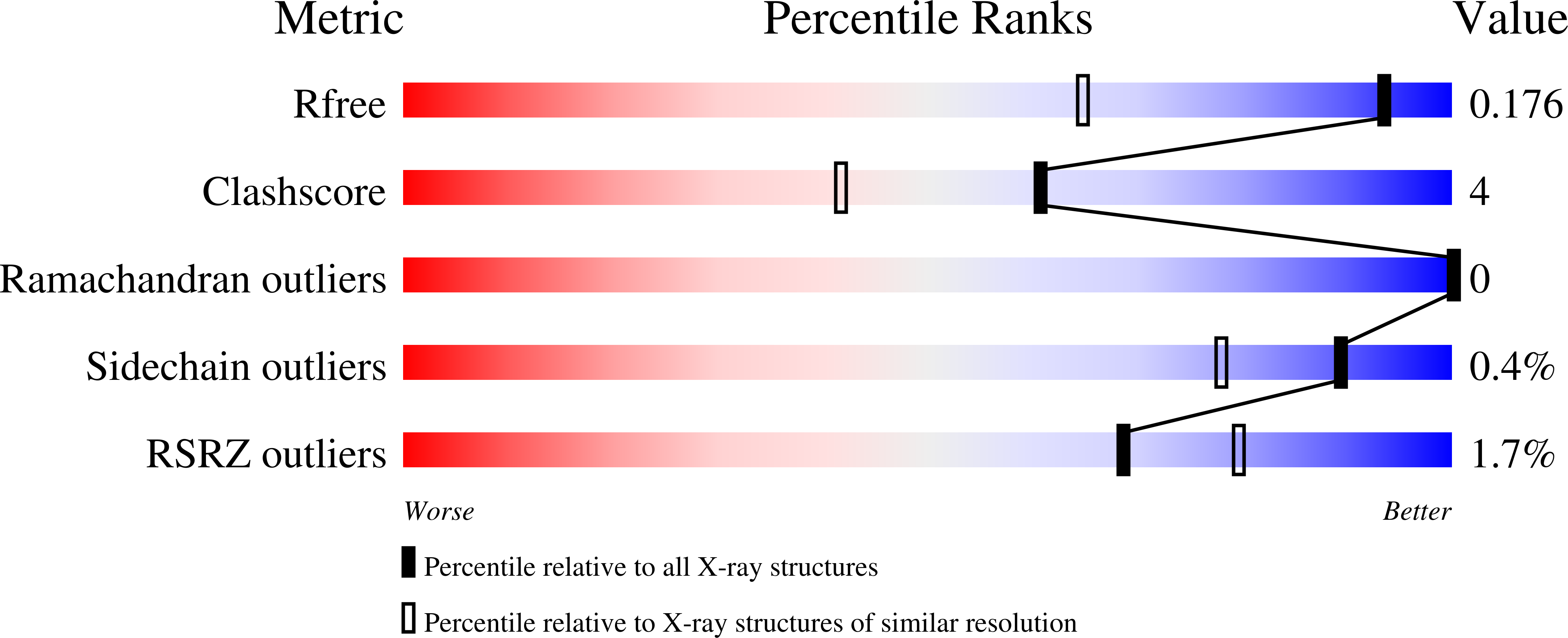
Deposition Date
2024-04-23
Release Date
2024-10-30
Last Version Date
2024-11-27
Entry Detail
PDB ID:
9F2P
Keywords:
Title:
Crystal structure of Keap1 kelch domain in complex with a fluorenone-based small molecule inhibitor at 1.36A resolution
Biological Source:
Source Organism:
Mus musculus (Taxon ID: 10090)
Host Organism:
Method Details:
Experimental Method:
Resolution:
1.36 Å
R-Value Free:
0.17
R-Value Work:
0.14
R-Value Observed:
0.14
Space Group:
P 61


